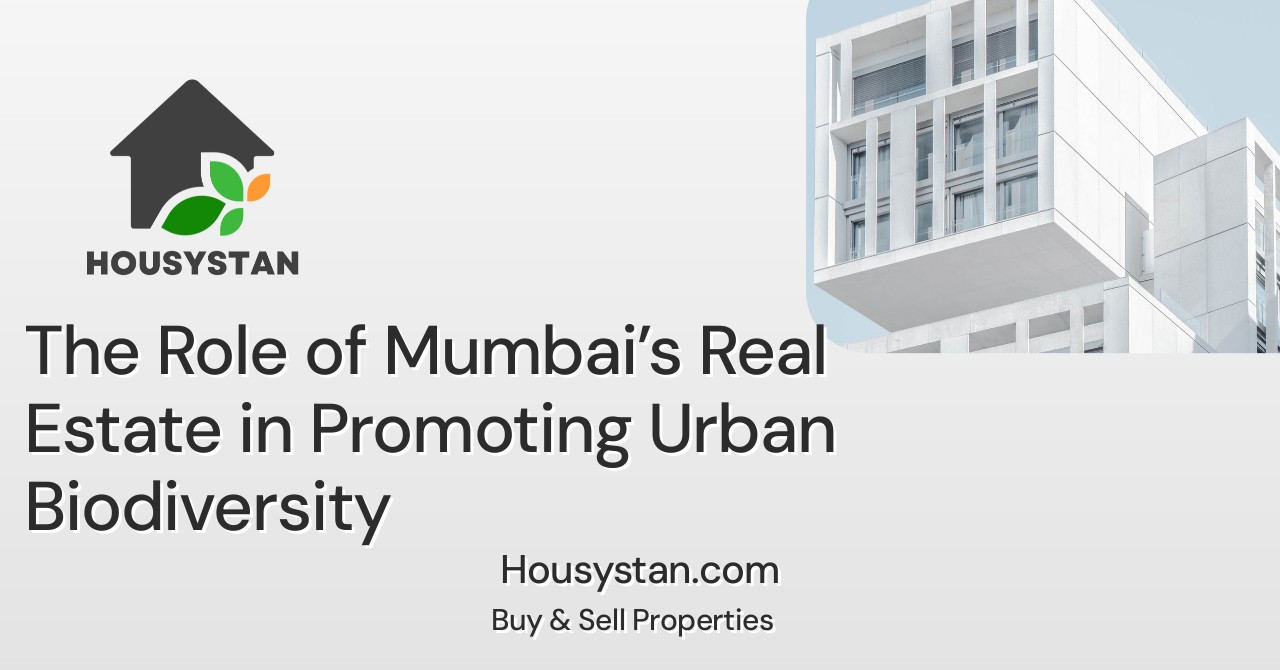The Role of Mumbai’s Real Estate in Promoting Urban Biodiversity
Read latest blogs and articles from Housystan

The Information mentioned here was last updated on:
31/12/2025Mumbai, India’s financial powerhouse, stands as a city of dynamic growth and urban transformation. As skyscrapers rise and new neighborhoods emerge, real estate development shapes not only the city’s skyline but also its ecological landscape. In recent years, the role of Mumbai’s real estate sector in fostering urban biodiversity has become increasingly significant. Sustainable architectural practices, green building initiatives, and conscious urban planning are now at the forefront of transforming Mumbai into a greener metropolis while maintaining its economic vigor.
Developers and local authorities in Mumbai are recognizing the importance of integrating green spaces within residential and commercial projects. Rooftop gardens, vertical forests, and landscaped courtyards are becoming essential features in modern developments. These elements serve as habitats for native flora and fauna, encouraging pollinators like butterflies and bees, as well as birds, to thrive amidst the urban environment. By prioritizing indigenous plant species, real estate projects contribute to restoring ecological balance and preserving Mumbai’s natural heritage.
Moreover, the implementation of green infrastructure, such as rainwater harvesting systems and permeable pavements, reduces surface runoff and supports groundwater recharge. These eco-friendly solutions not only mitigate flooding—a common challenge in Mumbai—but also create microhabitats for various organisms. The increase in tree cover and green corridors assists in lowering urban heat, improving air quality, and providing essential shade, which enhances the livability of Mumbai’s neighborhoods.
- Verified Tenants/Buyers
- Unlimited Property Listing
- Zero subscription/charges fee
Strategic partnerships between developers, municipal agencies, and environmental organizations are crucial for sustaining Mumbai’s biodiversity goals. Collaborative efforts enable the creation of urban parks, restoration of mangrove belts, and conservation of wetlands, ensuring that biodiversity thrives alongside urban expansion. Such initiatives also provide educational and recreational spaces for residents, fostering a greater appreciation for nature within city limits.
By embracing environmentally responsible real estate practices, Mumbai is paving the way for a future where urban growth and biodiversity coexist harmoniously. This approach not only enhances the city’s ecological resilience but also attracts eco-conscious investors and homebuyers, further boosting Mumbai’s reputation as a forward-thinking, sustainable metropolis.